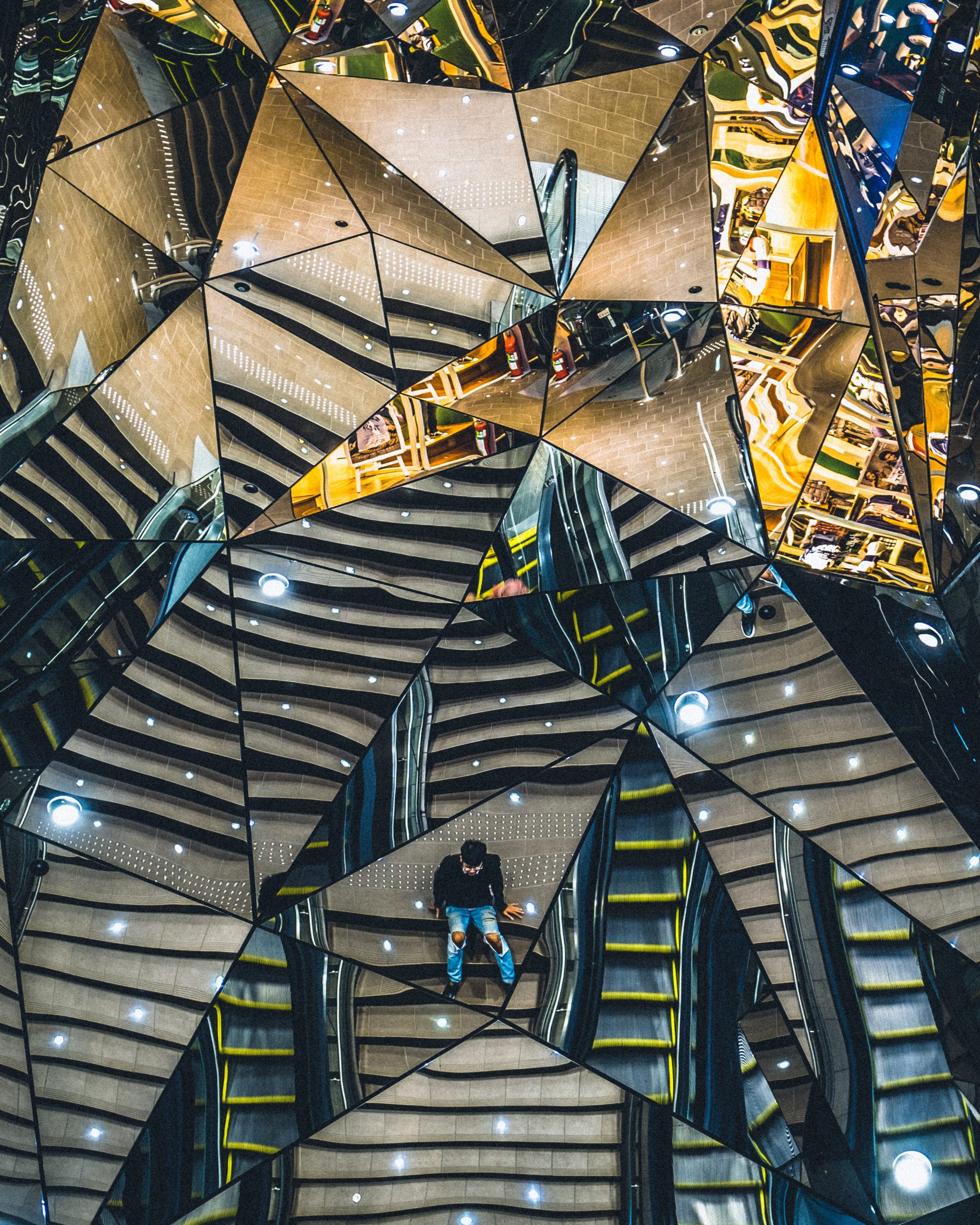Close your eyes for a moment.
Imagine you are in exactly the place you are now. Your house, your yard, your office, a coffee shop, an airport lounge, anywhere really. Imagine though, wherever it is you are, that you could see layers of information describing that place.
Imagine, in that place by simply touching an item you could see information about that thing: what it is, where it has been, where it will be, when it was created, how many calories it contains, how popular it is. That imaginary world exists now, it is all around us, all the time. Every second it is changing, growing much like our own. This is a mirror world*. A world of data connected by an infinite number of communicating tendrils pulsing with requests and responses.
By placing ourselves in the middle of this thought experiment one thing becomes abundantly clear: location is central to the mirror world. Everything is linked by geography.
Through Geographic Information Systems, individual analysts can interact with that geographic mirror world. They can reach out and touch those information points which describe the substrates of our existence. They can discern and then share insight derived from their explorations through that world.
Through the web, we can all use physical devices to connect with that mirror world. Our phones, tablets and computers acting as concierges and tour guides to curated data experiences. Through applications, we can physically glimpse at the fierce flow of digital complexity surrounding us.
Consider for a moment, the depth and flow of the information on which our modern experiences sit.
Ride-hailing, digital banking, next day delivery, weather forecasting, landscape changes, catastrophe management, real estate, financial markets, war, health care
These industries and to some extent all connected digital experiences exist in our mirror world. They are fed, influenced, and sculpted by information representing our physical existence. In many ways, these experiences, which were once so visceral, so real, have become entirely digital.
My question to you is this: How is your business reflected in this mirror world? Are you ready? Are you geospatial?
Credit to David Gelernter of Yale for first referencing this term in reference to data in 1991.
* Gelernter, D. Mirror Worlds: The Day Software Puts the Universe In a Shoebox… How it Will Happen and What It Will Mean?, 1991.

